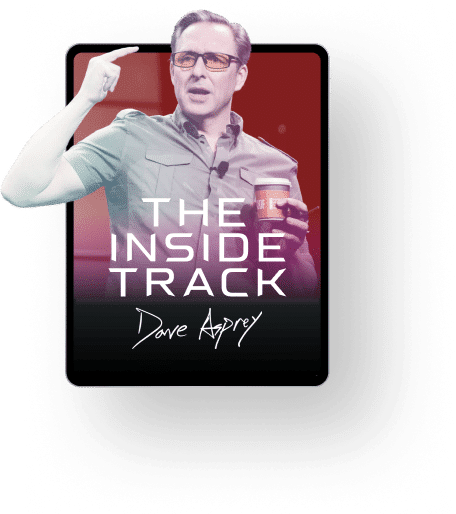[tldr]
- New research shows that damaged mitochondria, the parts of your cells that produce energy, steal parts from healthy DNA to fix itself.
- This study confirms what I’ve been saying for years: strong mitochondria are the foundation for aging the way everyone wants to age.
- You can use this research to possibly take advantage of a few known pathways that support mitochondria and give your DNA what it needs.
- Read on to find out what I do to support my mitochondria and protect my DNA.
[/tldr]
A new study shows that damaged mitochondria, the parts of your cells that make energy, steal parts from healthy DNA to fix itself. Researchers observed imperfect mitochondria snatching away nucleotides, which are the building blocks of DNA, from healthy cells.[ref url=”https://www.nature.com/articles/s42255-019-0120-1″]
This is groundbreaking research that confirms what I’ve been saying for years. Strong mitochondria are the foundation for aging the way everyone wants to age. It’s one of the Seven Pillars of Aging — the cellular-level changes that drive all forms of aging, head to toe. You can dive deep into the Seven Pillars in my new book, Super Human.
If you want your brain to work the way it does now (or better), if you want to fight the diseases that typically come with old age, if you want to be able to move around and live your best life for your entire lifespan … there’s no way around it — your mitochondria have work well.
The link between mitochondria and cell function
 When your mitochondria are strong, your cells are able to do what they need to do. During the times when your cells are performing their specific function, they will do it to their fullest because your mitochondria make plenty of energy to do it.
When your mitochondria are strong, your cells are able to do what they need to do. During the times when your cells are performing their specific function, they will do it to their fullest because your mitochondria make plenty of energy to do it.
When it’s time for repair and healing, strong mitochondria give your cells the energy to carry out complex maintenance. Having enough energy for autophagy, the time when your cells essentially take out the trash, and for all of the healing and repair work they do — that’s what keeps you young and makes you perform well.
What happens when mitochondria get damaged and weak
 Everyone over age 40 and 48% of people under age 40 have some level of impaired mitochondria. When your mitochondria don’t work well, autophagy isn’t as efficient. So, used up cell parts that don’t belong will stay put, and get in the way of healthy cell function. Repair doesn’t happen as efficiently.
Everyone over age 40 and 48% of people under age 40 have some level of impaired mitochondria. When your mitochondria don’t work well, autophagy isn’t as efficient. So, used up cell parts that don’t belong will stay put, and get in the way of healthy cell function. Repair doesn’t happen as efficiently.
What’s worse, it’s a self-perpetuating problem. Sluggish and damaged mitochondria lead to cells that can’t repair themselves, and your body prioritizes mitochondria so highly that it scraps healthy DNA for parts to repair them. Then, there’s more to repair, which requires mitochondrial energy … rinse and repeat.
Mitochondrial dysfunction leads to dismantling parts of nuclear DNA, which leads to cancer — one of the four killers that I talk about in Super Human (cancer, diabetes, Altzheimer’s, and cardiovascular disease). This research came out after Super Human was published, but it provides yet another link from one of the seven pillars to one of the four killers.
Now more than ever in the history of biohacking, we know that strong mitochondria protect nuclear DNA. This new study confirms it.
Ever since my twenties, when I made the decision to take control of my biology, I’ve focused on my mitochondria. At first, I wanted to feel better in the moment. I found that when I stopped doing the things my mitochondria don’t like, then added practices and supplements that support mitochondria, I felt incredible.
Once I started feeling human again, I shifted to focusing on my mitochondria for the long-term benefits.
What I do to support mitochondria protect DNA
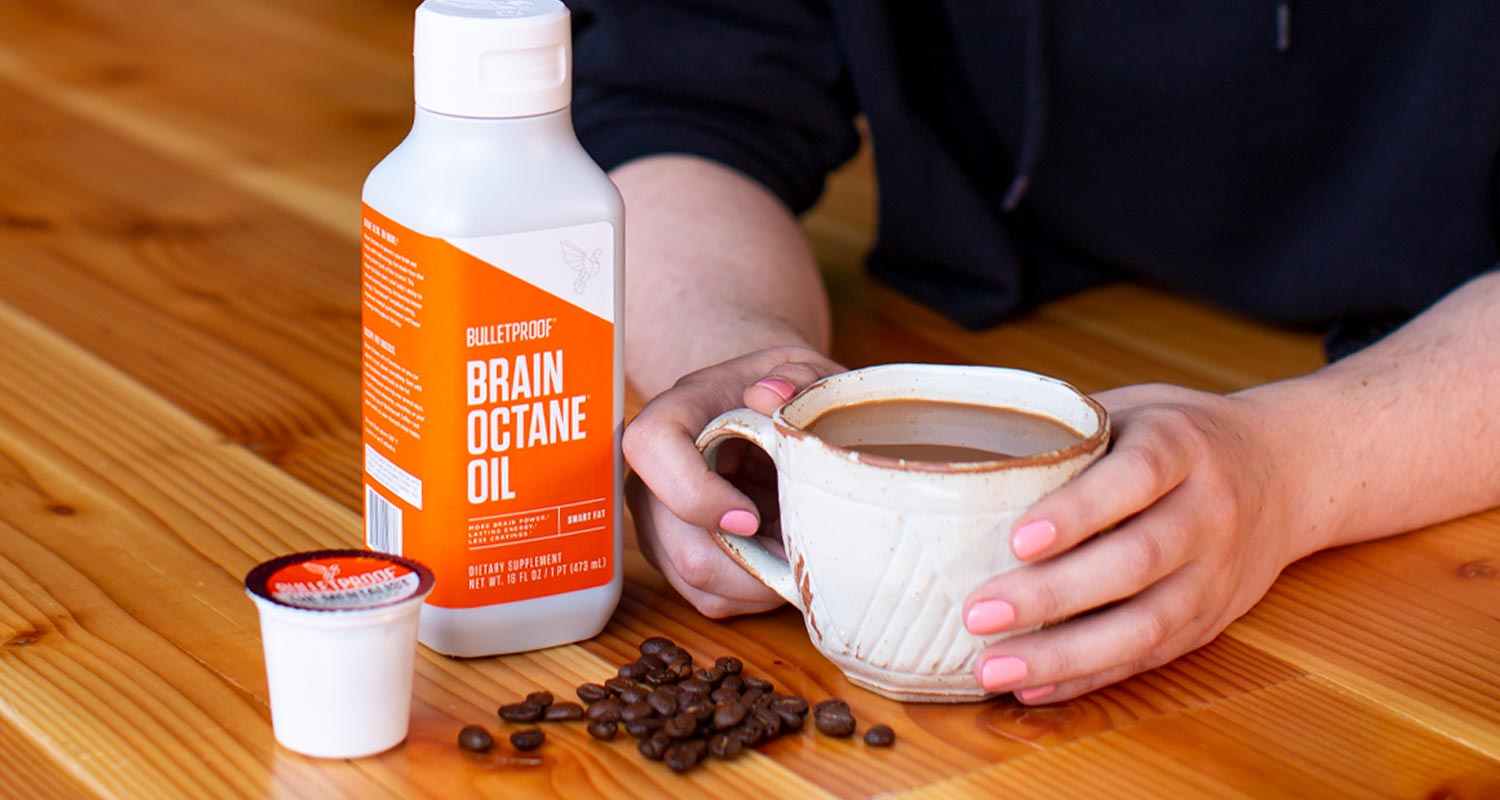 You can use this research to possibly take advantage of a few known pathways that support mitochondria and give your DNA what it needs. Here’s what I do.
You can use this research to possibly take advantage of a few known pathways that support mitochondria and give your DNA what it needs. Here’s what I do.
- Supplement ribose. Nucleotides are made of nitrogen, phosphorous, and ribose. You’ll get nitrogen and phosphorous through food, but ribose is a little harder to come by. I mix two scoops of MitoSweet into my coffee once or twice a day, which is a sweetener made with ribose. Ribose is a special kind of carbohydrate that lowers blood sugar, presumably because it increases mitochondrial function.
- Take oxaloacetate. Oxaloacetate supports mitochondrial function by acting on glutamate,[ref url=”https://www.ncbi.nlm.nih.gov/pubmed/22297683″] which is a brain chemical that can make you feel tweaky or foggy. Bulletproof KetoPrime contains oxaloacetate plus other ingredients that your mitochondria love.
- Use Brain Octane Oil. Brain Octane Oil converts to ketones within minutes, which go straight to your mitochondria for energy production.
- Keep your inflammation down. Start by following a ketogenic diet and eating polyphenol-rich foods. You can listen to this episode of Bulletproof Radio to learn more about what foods are making you weak.
- Do resistance training. Incorporating weight-bearing exercise one or two days a week increases your mitochondria, and more mitochondria mean that each individual mitochondrion is less likely to get burnt out.
Your mitochondria determine how you feel and age, but ultimately you’re in the driver’s seat. If you know what slows them down and speeds them up, you’ll stay in control of them.
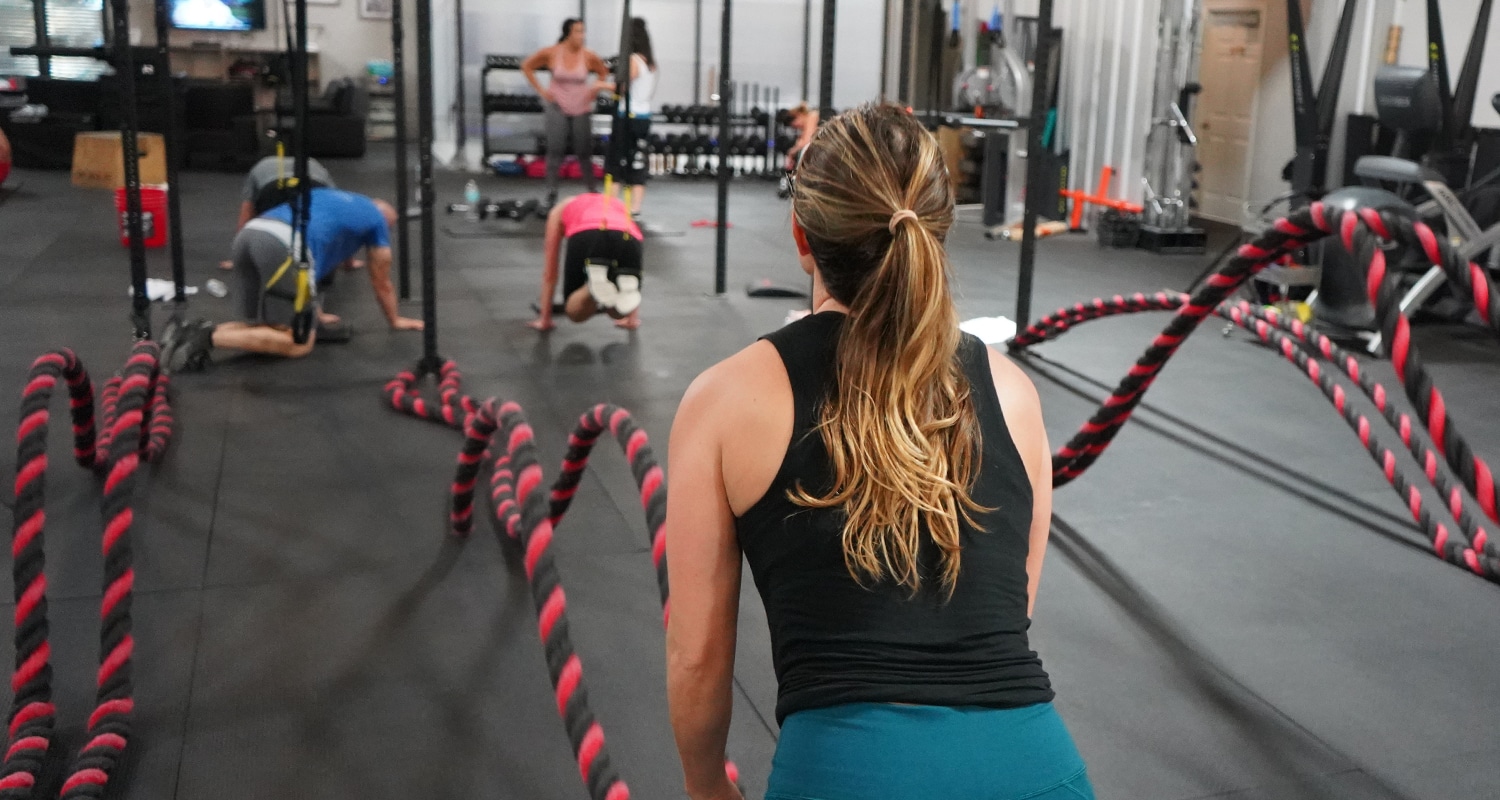 Exercise improves
Exercise improves 
 Supplements can make you happier, too. Here are four supplements that improve mood:
Supplements can make you happier, too. Here are four supplements that improve mood: Happiness can be hacked, and with a little practice, you can turn it into a habit. Once you do it starts to spread. A 20-year-long study of 4700 people found that how happy you are depends on the happiness of the people you interact with most.[ref url=”http://bjp.rcpsych.org/content/bjprcpsych/202/2/100.full.pdf”] Find good friends, connect with them, and build a network based on love and gratitude. It sounds a little clichéd, but it can change your life.
Happiness can be hacked, and with a little practice, you can turn it into a habit. Once you do it starts to spread. A 20-year-long study of 4700 people found that how happy you are depends on the happiness of the people you interact with most.[ref url=”http://bjp.rcpsych.org/content/bjprcpsych/202/2/100.full.pdf”] Find good friends, connect with them, and build a network based on love and gratitude. It sounds a little clichéd, but it can change your life. When I first used it, I thought it didn’t work. That’s because I didn’t know how to use it, but I stumbled on a pattern that worked and realized it was easier to feel the difference when you stopped it instead of when you start taking it…and it takes a couple weeks to kick in.
When I first used it, I thought it didn’t work. That’s because I didn’t know how to use it, but I stumbled on a pattern that worked and realized it was easier to feel the difference when you stopped it instead of when you start taking it…and it takes a couple weeks to kick in. When elderly rats received long-term piracetam treatment, learning improved and membrane fluidity substantially increased. This suggests that part of the benefit lies in its ability to reverse the loss in membrane fluidity that happens as part of the aging process.[ref url=”http://www.sciencedirect.com/science/article/pii/S0006295296004637″]
When elderly rats received long-term piracetam treatment, learning improved and membrane fluidity substantially increased. This suggests that part of the benefit lies in its ability to reverse the loss in membrane fluidity that happens as part of the aging process.[ref url=”http://www.sciencedirect.com/science/article/pii/S0006295296004637″]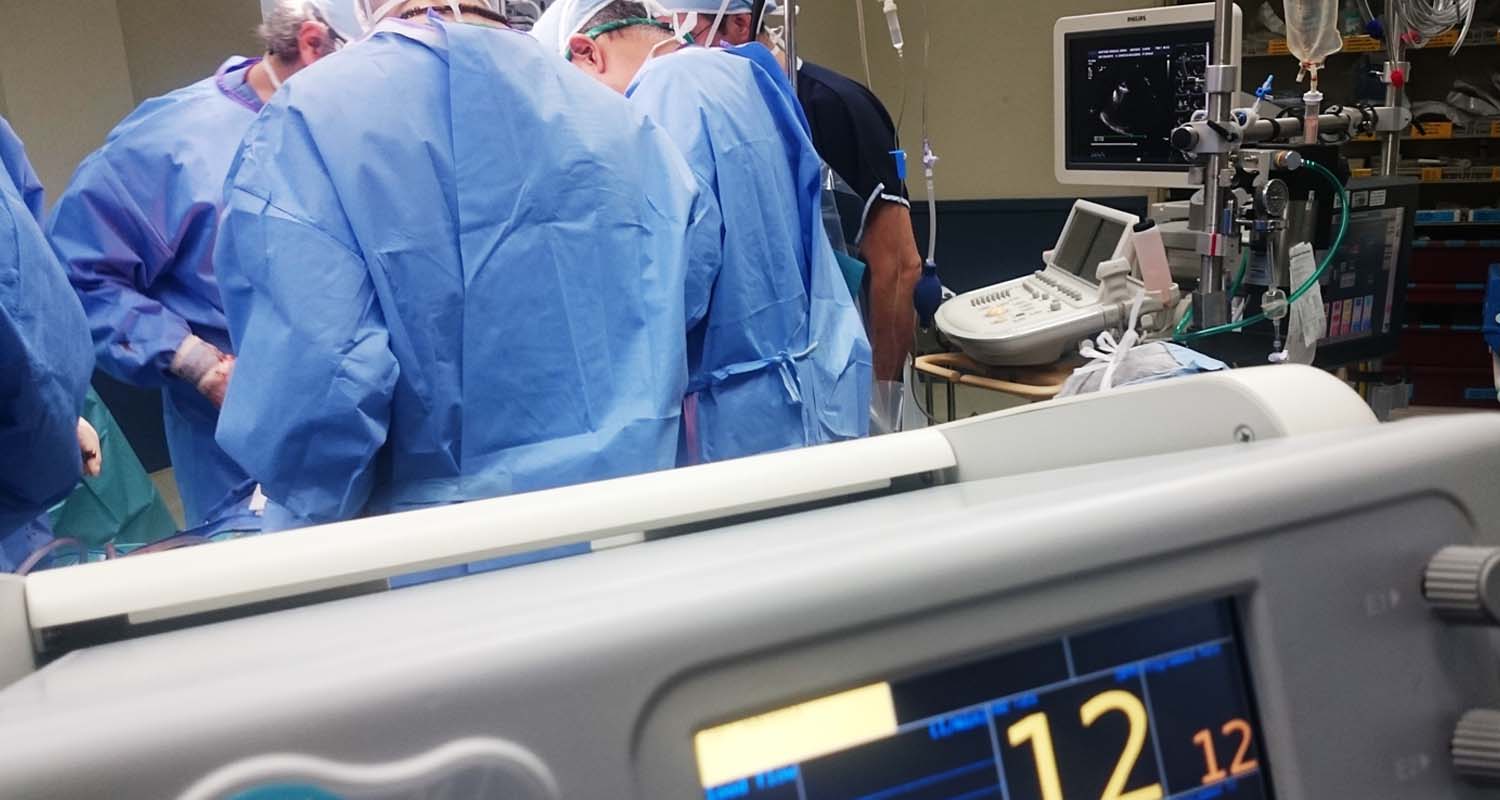 Open-heart surgery comes with the risk of neurological damage and stroke.[ref url=”https://www.ncbi.nlm.nih.gov/pmc/articles/PMC490486/”] Piracetam shows promise as a neuroprotective agent for patients having cardiac bypass surgery.[ref url=”https://www.thieme-connect.com/products/ejournals/html/10.1055/s-2003-39981″] In another study, six weeks of piracetam after coronary artery bypass grafting improved cognition.[ref url=”http://www.sciencedirect.com/science/article/pii/S000349750600926X”]
Open-heart surgery comes with the risk of neurological damage and stroke.[ref url=”https://www.ncbi.nlm.nih.gov/pmc/articles/PMC490486/”] Piracetam shows promise as a neuroprotective agent for patients having cardiac bypass surgery.[ref url=”https://www.thieme-connect.com/products/ejournals/html/10.1055/s-2003-39981″] In another study, six weeks of piracetam after coronary artery bypass grafting improved cognition.[ref url=”http://www.sciencedirect.com/science/article/pii/S000349750600926X”]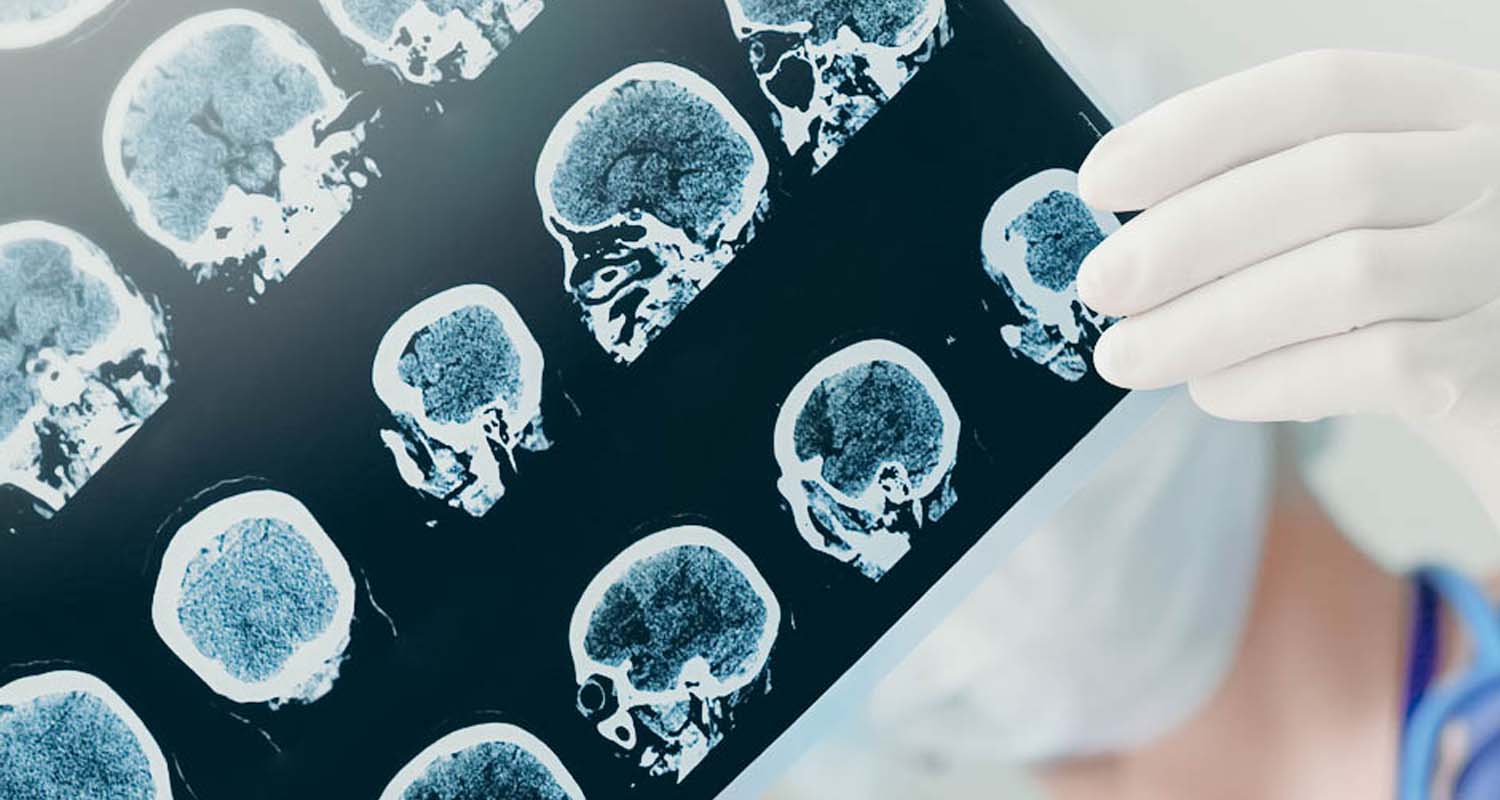 Administering piracetam within seven hours of ischemic stroke had a measurable benefit.[ref url=”http://stroke.ahajournals.org/content/28/12/2347.short”] It also helped partially restore writing abilities in stroke patients who lost their language capacity, which shows promise for future research in restoring language.[ref url=”https://link.springer.com/article/10.1007/s40263-016-0348-1″]
Administering piracetam within seven hours of ischemic stroke had a measurable benefit.[ref url=”http://stroke.ahajournals.org/content/28/12/2347.short”] It also helped partially restore writing abilities in stroke patients who lost their language capacity, which shows promise for future research in restoring language.[ref url=”https://link.springer.com/article/10.1007/s40263-016-0348-1″]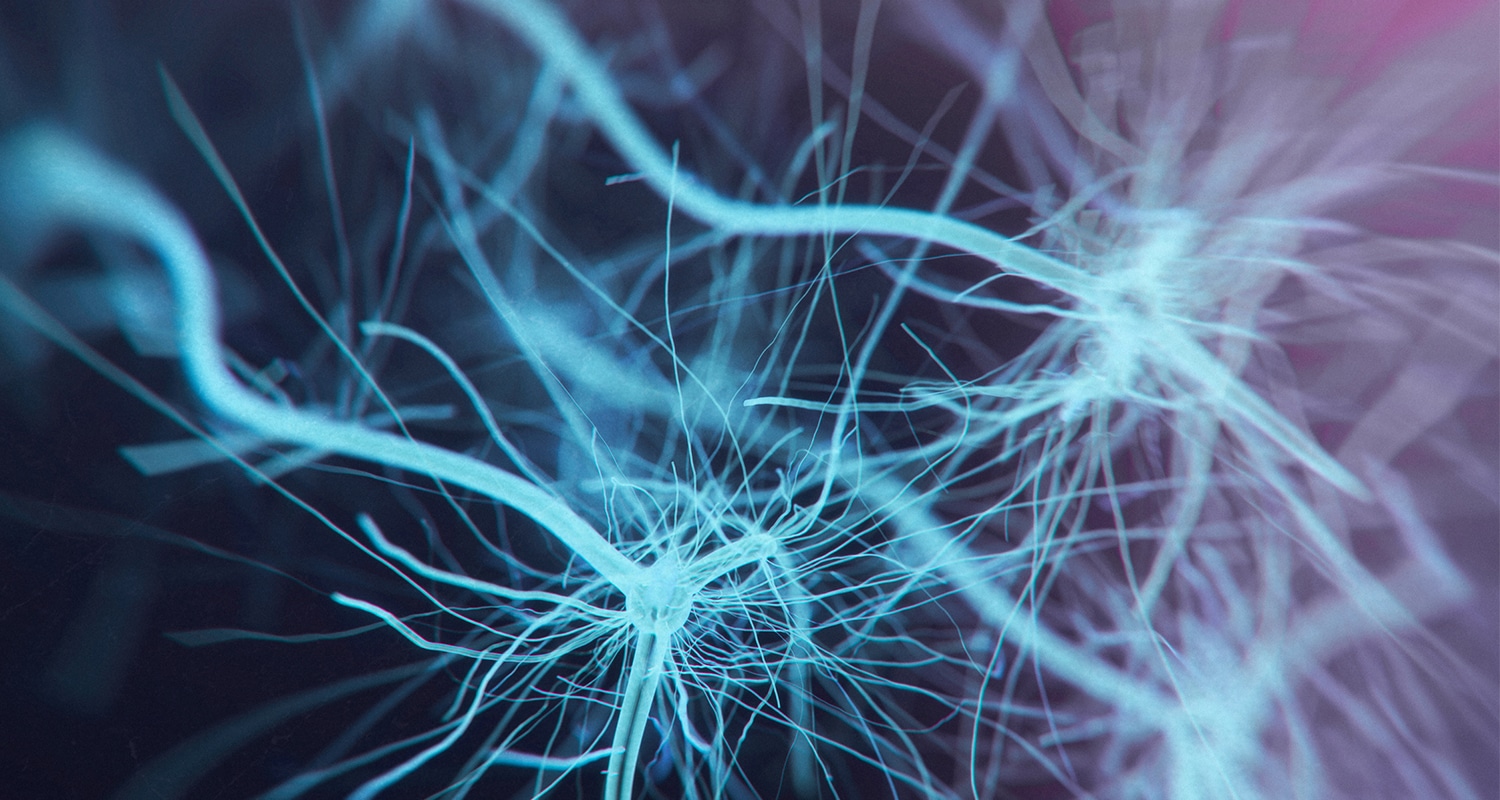 Research shows piracetam as part of a full treatment protocol is effective long-term for certain forms of epilepsy. The effects increased over the course of a year then stabilized, and effective dose may take some time to pinpoint as it is highly individual.[ref url=”https://jamanetwork.com/journals/jamaneurology/fullarticle/779361 http://jnnp.bmj.com/content/64/3/344.short”]
Research shows piracetam as part of a full treatment protocol is effective long-term for certain forms of epilepsy. The effects increased over the course of a year then stabilized, and effective dose may take some time to pinpoint as it is highly individual.[ref url=”https://jamanetwork.com/journals/jamaneurology/fullarticle/779361 http://jnnp.bmj.com/content/64/3/344.short”]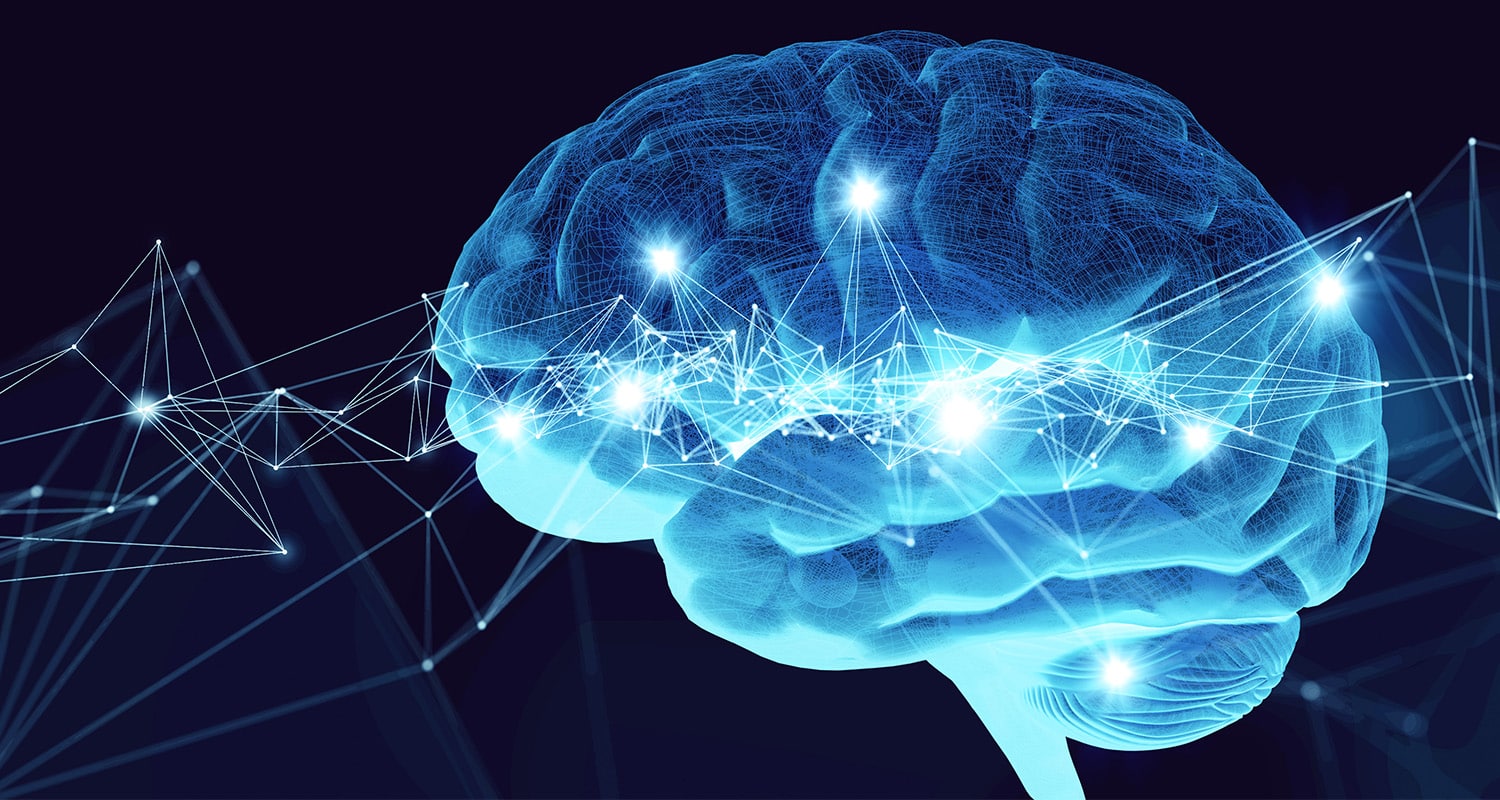 Research showed measurable benefit to treating early mild stages of Parkinson’s with piracetam.[ref url=”https://www.thieme-connect.com/products/ejournals/abstract/10.1055/s-2007-1017394″]
Research showed measurable benefit to treating early mild stages of Parkinson’s with piracetam.[ref url=”https://www.thieme-connect.com/products/ejournals/abstract/10.1055/s-2007-1017394″] The government didn’t exactly ban piracetam.
The government didn’t exactly ban piracetam.